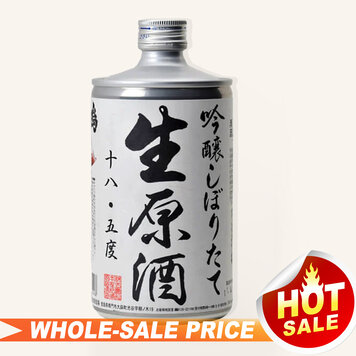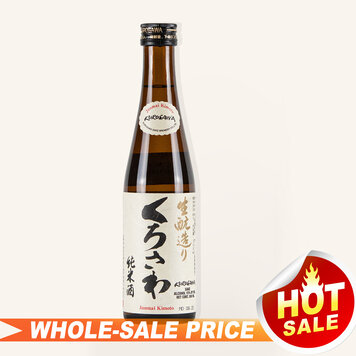| Brand | Kubota |
| Region | Japan |
| Spirits Type | Sake |
| Spirits Style | |
| ABV | 15% |
Product details
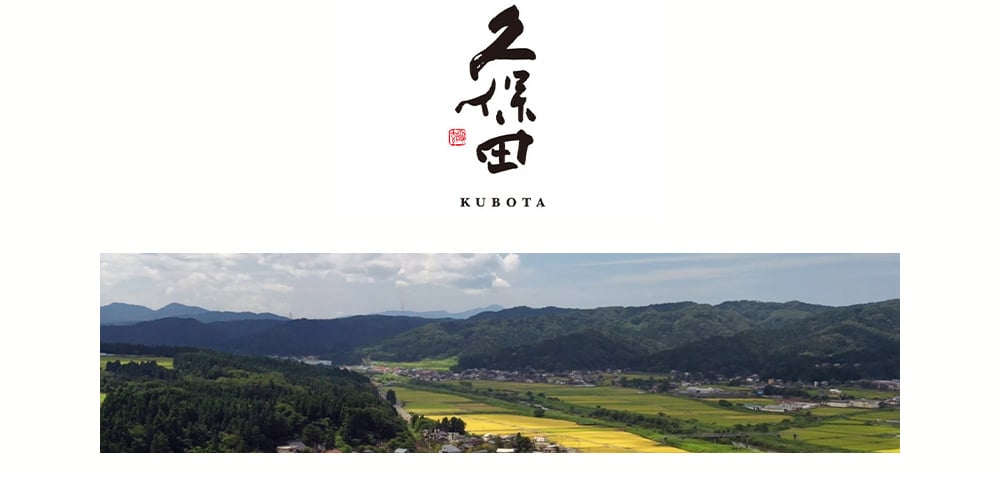
Kubota Senshin Junmai Daiginjo is a testament to the pinnacle of sake brewing, representing the exquisite craftsmanship and unwavering dedication of Asahi Shuzo Brewery in Niigata Prefecture. This premium sake is the result of meticulous attention to detail and a deep respect for traditional brewing methods, combined with the finest ingredients Niigata has to offer. The region's pristine water and superior sake rice provide the perfect foundation for Kubota Senshin, which embodies elegance, refinement, and unparalleled quality.
Senshin, "Sophisticated Mind," is beautifully mellow, refined, and round. An extremely smooth, clean, and sophisticated finish. Brewed with the local Niigata rice "Takanenishiki," milled to 28%, the sake is aged slowly for an extended period until the peak of maturity for a divine, dynamic experience.
Rice: Takanenishiki | Polishing Ratio: 28%
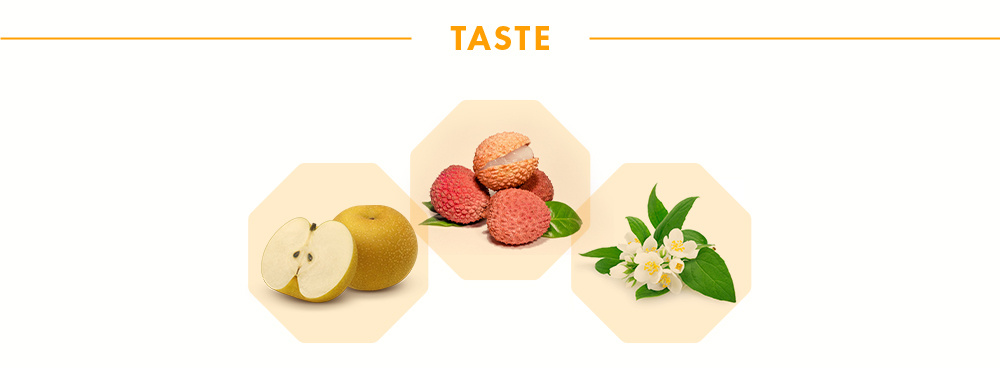
This high level of polishing reveals delicate and complex flavors. Opening the bottle releases floral and fruity aromas of white flowers, pear, and lychee. The taste balances gentle sweetness, refined acidity, and a smooth texture, with a long, clean, and refreshing finish.

Kubota Senshin Junmai Daiginjo is best enjoyed slightly chilled. Its delicate flavor profile pairs well with high-end Japanese cuisine like sashimi, sushi, and kaiseki, enhancing umami and complementing nuanced flavors. It also pairs exquisitely with fine Western dishes, such as fresh seafood, light pasta, and gourmet cheeses, offering a refined contrast.
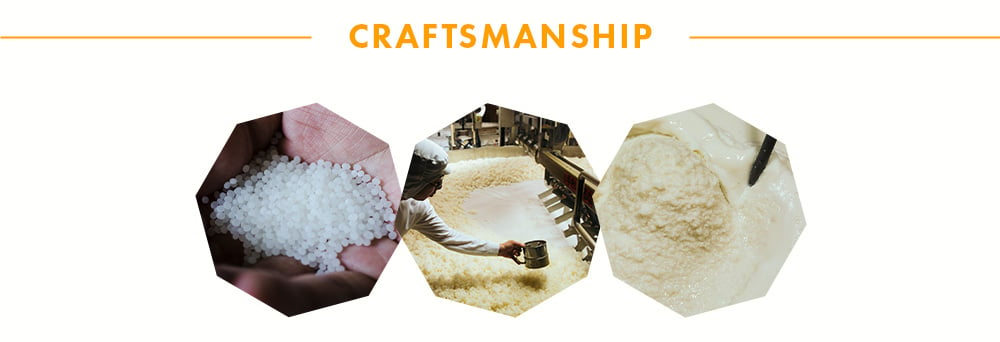
Kubota sake, a mirror of the times, uses ancient wisdom and cutting-edge research to refine its products, ensuring they exceed expectations and reflect the times, with its signature tanreikarakuchi (a crisp, clean, and dry) finish reflecting changing culinary culture. Rice and water are the lifeblood of Kubota's sake. Niigata Prefecture is often nicknamed “The Land of Rice” due to its ideal climate. One of their master brewers once said, “The quality of sake cannot exceed the quality of its ingredients,” a philosophy they still hold today.
The process of making sake involves the transformation of unpolished brown rice into white rice. Then polished rice is washed, soaked, and steamed for 45 minutes before being kneaded and unraveled. The koji-rice blend is then mixed with water, koji, yeast, and rice to create the moromi (sake mash). The moromi is then fermented for about a month, then pressed and separated into sake and sake kasu, a sake lees “cake.”. The sake is then filtered to remove any undesirable flavors and pasteurized. The processed sake is stored in giant tanks and then evaluated and blended to match brand flavor profiles. The blended sake is then filtered again to remove any potential effects on flavor or taste. The sake is diluted to obtain the correct alcohol percentage.







